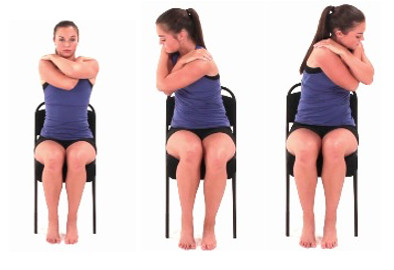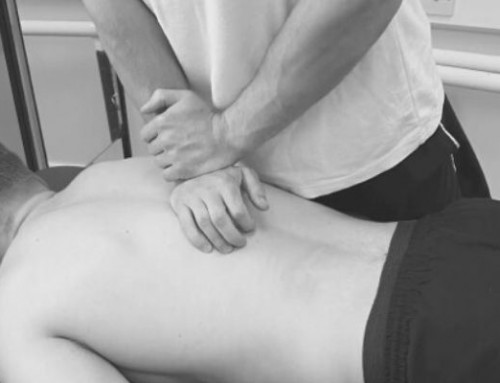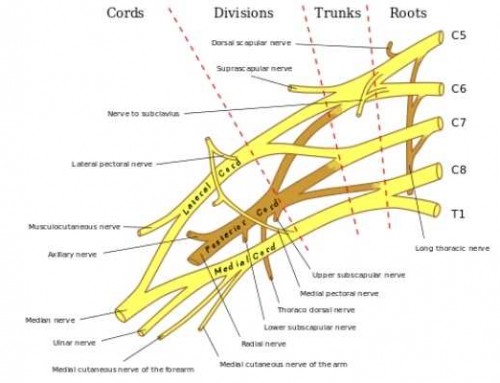How Thoracic Mobility Affects the Neck
By Jillian Carr, SPT
What is the thoracic spine?
The spine is a chain of 33 interconnected segments, including 24 presacral vertebrae, followed by the sacrum and the coccyx. The 24 presacral vertebrae can be divided into 3 segments:
- Cervical spine
- Thoracic spine
- Lumbar spine.
Your thoracic spine is the middle section of your spine between your neck and lower back. The thoracic spine consists of 12 vertebrae, which include attachment sites for important structures such as your ribs and muscles of your shoulder girdle. The thoracic spine plays an important role in holding the body upright and providing protection for the vital organs in the chest.
 How does it become stiff & how does this affect the neck?
How does it become stiff & how does this affect the neck?
The thoracic spine can be greatly affected by lifestyle and activities. Those of us that spend most of our day seated often have faulty posture which can cause long term changes in the spine. These include an increase in the rounding (kyphosis) of the upper back which can then cause it to become stiff and its ability to extend and rotate will often decrease. When the thoracic spine becomes stiff and rounded, the neck and head usually begin to sit forward which adds extra force to the neck and causes it work harder to keep your chin from dropping onto your chest. This extra work is often what leads to neck pain and headaches.
How can this be fixed?
Treatment to increase mobility of the thoracic spine includes joint mobilizations, soft tissue massage, stretching, and postural exercises. There are plenty of fairly simple exercises that can be done anywhere throughout the day with minimal to no equipment to help increase mobility. The following are just a few examples and should be performed several times a day:
1. Seated thoracic stretch
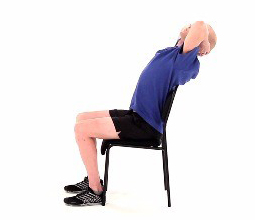
Clasp your hands behind your head and slowly lean backwards, arching your back over the back of the chair, and hold.
Make sure not to slide forward on the chair.
2. Open book stretch
Lay on your side as shown. Breathe in as you move your top arm across your body and turn your head and shoulders with it, keeping your knee firmly placed on the floor.
Breathe out as you hold the stretch for 10-15 seconds. Then return to the start and repeat.
3. Seated Thoracic Flexion and Rotation with Arms Crossed
Begin sitting upright in a chair. Cross your arms in front of you, placing one arm on each shoulder.
Bend forward, hinging at your mid-back, then slowly rotate your trunk to one side, then return to center and rotate to the other side.
Make sure to keep your movements slow and controlled.
References:
1. Lee K-W, Kim W-H. Effect of thoracic manipulation and deep craniocervical flexor training on pain, mobility, strength, and disability of the neck of patients with chronic nonspecific neck pain: a randomized clinical trial. Journal of Physical Therapy Science. 2016;28(1):175-180. doi:10.1589/jpts.28.175.
2. MedBridge. MedBridge. https://www.medbridgeeducation.com/patient_care/programs/create. Accessed June 2017.
3. Swann L. The Clinical Importance of the Thoracic Spine. Symmetry Physical Therapy . http://symmetryptaustin.com/the-clinical-importance-of-the-thoracic-spine/. Published March 2017. Accessed June 2017.
4. Quek J, Pua Y-H, Clark RA, Bryant AL. Effects of thoracic kyphosis and forward head posture on cervical range of motion in older adults. Manual Therapy. 2013;18(1):65-71. doi:10.1016/j.math.2012.07.005.
For more information on thoracic mobility and neck pain, contact the Upstate NY physical therapy experts at 518-289-5242 (Malta) or 518-289-5242 (Queensbury).
Related Posts:
- A Unique Approach to Resolving Neck Pain in Malta, Saratoga, Queensbury
- Lumbopelvic Rhythm: Contributions to Low Back Pain and Importance to Gymnasts
- Neck Pain? Get PT First at Capital Area PT

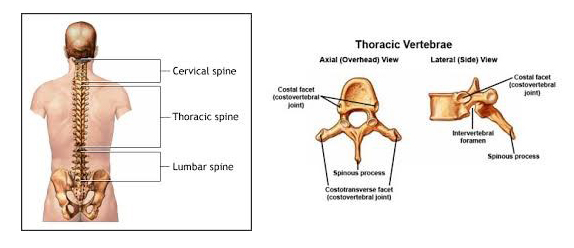
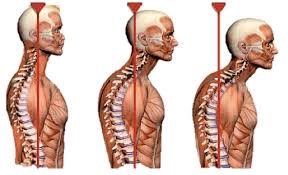 How does it become stiff & how does this affect the neck?
How does it become stiff & how does this affect the neck?
